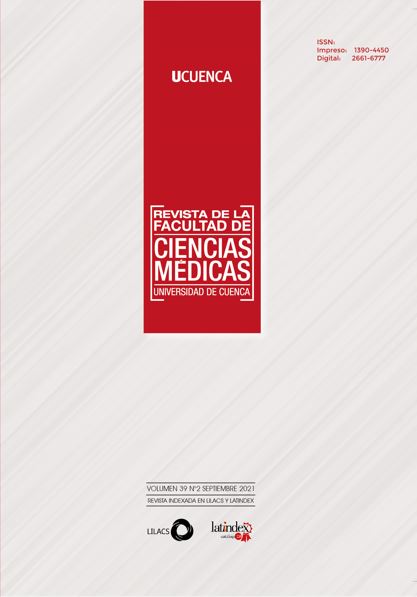Nuchal translucency and increased nuchal fold with phenotypically normal newborn. Case report
DOI:
https://doi.org/10.18537/RFCM.39.02.08Keywords:
nuchal translucency measurement, ultrasonics, congenital abnormalitiesAbstract
Introduction: nuchal translucency (TN) is observed as a hypoechoic region on ultrasound in the posterior part of the fetal cervical spine, observable at week 11-14. The Nuchal Fold (PN) shows the thickness of the skin on the back of the fetus's neck.
Clinical case: It is a case of a 30-year-old patient, primigravida, with no relevant history. Fetus of 13.1 weeks, with TN of 4.6 mm ductus venosus presence of antegrade wave, retrograde tricuspid valve flow. Fetal DNA test, absence of aneuploidies. At 21.4 weeks PN 6.3 mm, rest of anatomical detail within normal parameters. After cesarean section, a phenotypically normal newborn was obtained.
Conclusion: Increased TN and PN are useful ultrasound markers in the screening of chromosomal and non-chromosomal abnormalities. It should be noted that these values by themselves do not indicate pathology, but they do demarcate a risk factor for abnormality, which should be considered for more exhaustive studies.
Downloads
Published
Issue
Section
License
Copyright (c) 2021 José Augusto Durán Chávez

This work is licensed under a Creative Commons Attribution-NonCommercial-ShareAlike 4.0 International License.
Copyright © Autors.

You are free to:
 |
Share — copy and redistribute the material in any medium or format |
 |
Adapt — remix, transform, and build upon the material for any purpose, even commercially. |
Under the following conditions:
 |
Attribution — You must give appropriate credit, provide a link to the licence, and indicate if changes were made. You may do so in any reasonable manner, but not in any way that suggests the licenser endorses you or your use. |
| NonCommercial — You may not use the material for commercial purposes. | |
| ShareAlike — If you remix, transform, or build upon the material, you must distribute your contributions under the same license as the original. |
| No additional restrictions — You may not apply legal terms or technological measures that legally restrict others from doing anything the licence permits. |






